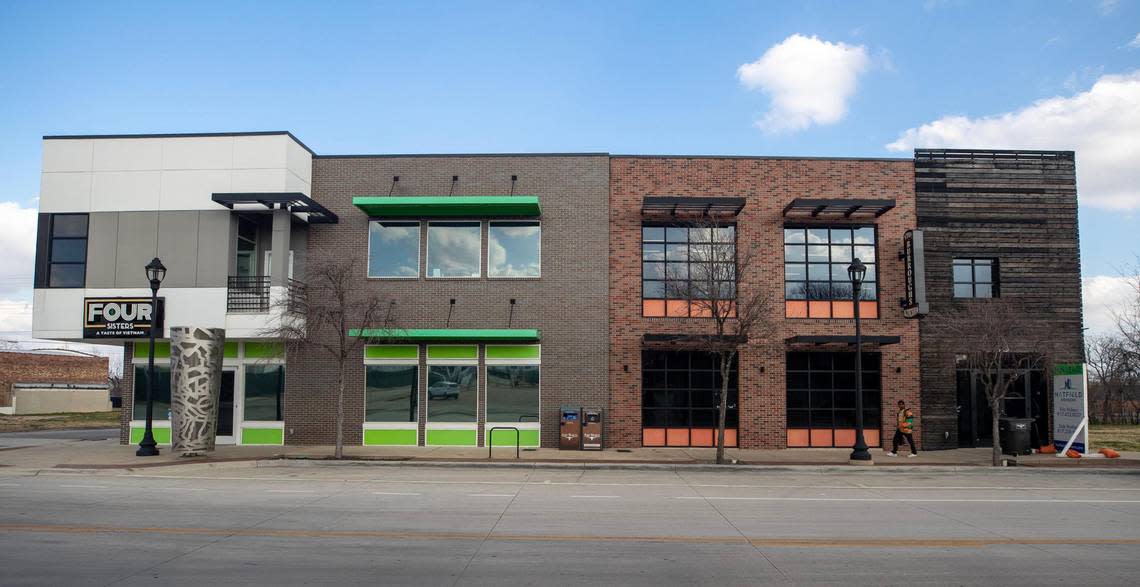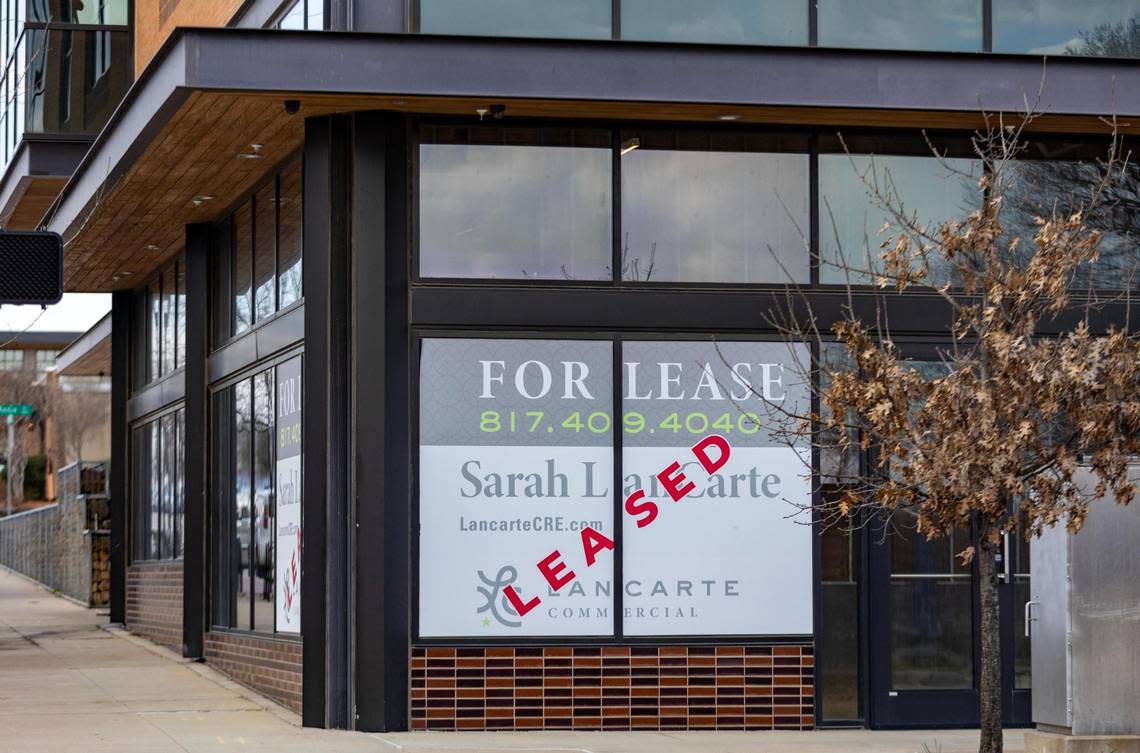Fort Worth’s retail real estate market is thriving, even as rents increase
Fort Worth’s retail real estate market is thriving with 95.6% of storefronts rented out in 2022, according to a report from real estate services firm Weitzman.
Fort Worth’s retail occupancy rate was higher than most major Texas cities, including Houston , San Antonio and Dallas.
Despite a smattering of for-lease signs in prominent areas like the West 7th District and Near Southside, real estate brokers said it isn’t hard to find tenants to take up empty spaces.
Storefronts are never going to be 100% occupied, said Leslie Purvis, associate director of the Center for Real Estate at TCU’s Neely School of Business.
Landlords will have unoccupied space while they get it ready for a new tenant, but anything close to 97% is basically fully occupied, she said.
Some costs have gone up.
Triple net leases, in which tenants also pay maintenance, insurance and property taxes, have increased from around $8 per square foot per year to around $12 , said Eric Vickers, vice president Fort Worth-based commercial real estate firm Hatfield Advisors.
However, overall demand is still strong, Vickers said. Some tenants are being a little more cautious with a tightening economy, but overall things are good, he said.

Vacancies are usually property specific, said Gretchen Miller, a senior vice president with Weitzman.
Ease of parking, availability of foot traffic and overall location can affect how likely property owners are to fill empty retail space, she said.
Crockett Row, a mixed use shopping center in Fort Worth’s West 7th District, has had a number of high profile departures over the last two years, including Fireside Pies and Dallas-based Blue Fish Sushi.
Dallas-based investment firm Younger Partners, which acquired the property in August, has several prospective tenants lined up that will “complement our existing tenant mix,” it said in a statement.
“Younger Partners looks forward to shining a spotlight on those new additions and sharing comments about our occupancy at the appropriate time,” the statement said.
Mixed use, mixed results
Mixed use properties, like Crockett Row, are those that have a combination of residential and commercial use. You’ll typically see store fronts on the ground level with apartments or condos above.
Mixed use properties had a 95% occupancy rate in 2022 across the Metroplex, according to the Weitzman report.
The developments have become popular in Fort Worth. The city issued permits for 77 projects in the last year, valued at roughly $58 million.
Montgomery Plaza owner Kimco Realty got approval from the city in December 2022 to transform the east half of the shopping complex into a mixed use development with 595 apartments on top of 20,000 square feet of ground floor commercial space.
Still, mixed use properties can have mixed success when it comes to filling that commercial space.
Mag & May, an apartment complex just west of John Peter Smith Hospital, originally planned to use some of its ground floor space for a restaurant or small grocer.

Building owner Maverick Development eventually opted to convert that space into more apartments.
The amount of rent needed for a commercial space versus a residential space made it difficult to find the right tenant, said Alysha Sexton, head of operations for Maverick Development.
Weitzman’s Miller though, said the mixed-use properties along the West 7th Street corridor are close to fully leased.
While mixed use as a whole is having success across the Metroplex, the success of any one property needs to be measured on a case-by-case basis, she said.
